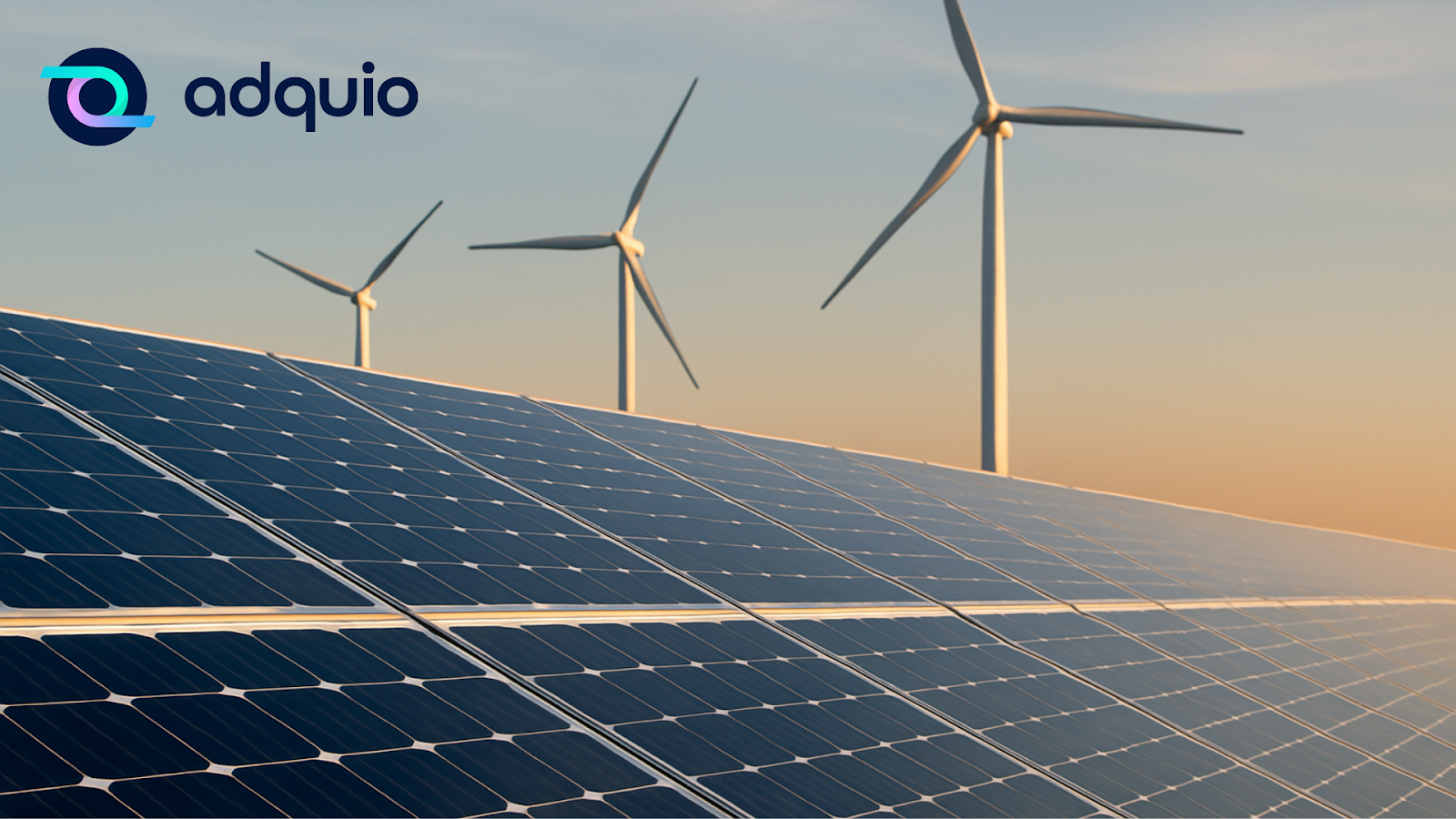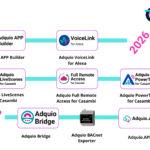
Adquio optimizing solar installation
As you will see, the possible sectors where Adquio can provide solutions are very wide. On this occasion, we tell you how to optimize a solar installation with Adquio to achieve practically zero consumption. This installation is made up of photovoltaic panels, inverter/charger and LIFEPO battery pack.
Background
The solar installation works autonomously without connection to the grid as long as there are no more than 2 days without sun . This installation is in Galicia, northern Spain, which is not the best area to have radiant sun every day. The inverter has been configured so that the preferred power source is Solar, batteries, and outside power, in that order. Therefore, when there is little solar radiation, the batteries can be depleted at any time of the day or night. Bearing in mind that currently the rates depend on the time of day, the ideal would be to be able to charge the batteries at night, at a super-reduced rate when energy is practically free.
Solution
It was suggested that the correct thing to do would be to know if the sun is going to shine the next day to charge the batteries and power the house, and if this is not the case, charge them at a reduced rate the night before, and discharge them during the day while there is little solar radiation, and the rates are higher.
For this, we must know the weather forecast for the area where the facility is located and see how to integrate this information to make decisions . Fortunately , Adquio can connect to Web services that have an API and provide this information, in this case openweathermap.org. For free, you register and get access to several interesting options, among them, the weather forecast for the next 4 days (counting the current one) and every three hours. It is important to note that this type of Web service queries cannot be done with virtually any other programmable controller on the market.
Once this information is obtained, every 3 hours of the day following the current one, a mathematical operation is performed assigning each value of very cloudy, scattered clouds, clear sky, etc., a score where clear sky is a 10 and rainy is a 0. After experimenting several days with different weather conditions, it was concluded that a value of 27 is enough for the batteries to charge and the inverter to feed the consumption of the house.
Therefore, every day at 0:15 in the morning this query is made, and if the value obtained is less than 27, it is decided to charge the batteries to 100% at night, changing through Modbus protocol the power source priorities of the inverter to: External current, solar energy, batteries. In this way, the batteries are fully charged. At 7:45 a.m. the inverter mode is changed back to: Solar, Batteries, Outside Power, before the super low rate ends.
Conclusion
In this way, it is achieved in a sustained way that the installation works only with solar panels and batteries, and if they need to be charged, they do so only at night, at a super reduced rate. With this procedure , 95% of the usual consumption of the installation has been saved, with the consequent reduction in the amount of the invoice. As you can see, Adquio is once again decisive in making strategic decisions that this time allow you to save very significantly on the “Electricity Bill” , something that is especially important at this time.






